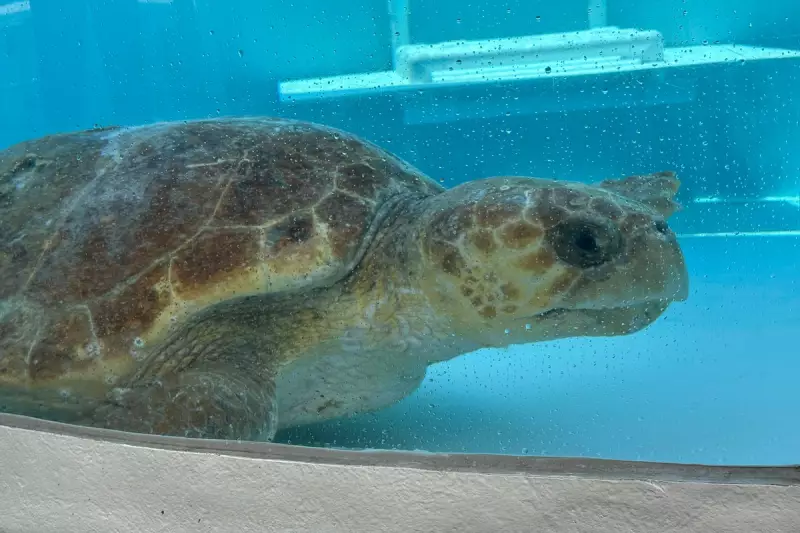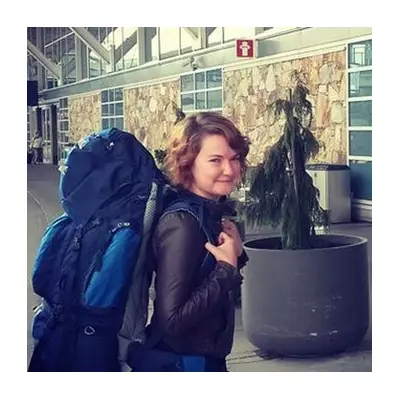
In an extraordinary event that has thrilled marine biologists, a critically endangered Kemp’s ridley sea turtle was found nesting on Melbourne Beach, Florida—marking the first sighting of the species in the area in over seven decades.
The turtle, affectionately named Pennywise by researchers, was discovered by a team from the University of Central Florida’s Marine Turtle Research Group. The group had been monitoring the beach when they spotted the rare creature laying eggs under the cover of darkness.
A Rare and Hopeful Discovery
Kemp’s ridley sea turtles are the smallest and most endangered marine turtles in the world, primarily nesting in Mexico. Their appearance in Florida is exceptionally rare, with the last recorded nesting event dating back to 1948.
"This is a monumental moment for sea turtle conservation," said Dr. Kate Mansfield, a leading marine biologist. "The return of a Kemp’s ridley to Florida’s shores after 75 years suggests potential shifts in their nesting behaviour, possibly due to climate change or conservation efforts."
Why This Sighting Matters
The discovery offers a glimmer of hope for the species, which has faced severe population declines due to habitat loss, pollution, and fishing bycatch. Conservationists are now closely monitoring the nest, hoping the eggs will hatch successfully.
Local authorities have cordoned off the nesting site to protect it from human interference and predators. If the eggs hatch, the baby turtles will be carefully guided to the ocean, boosting the species’ fragile numbers.
What’s Next for Pennywise?
Researchers have attached a tracking device to Pennywise to monitor her movements. "Understanding her migration patterns could provide invaluable insights into protecting Kemp’s ridleys in the wild," added Dr. Mansfield.
This rare sighting underscores the importance of continued conservation efforts and serves as a reminder of the resilience of nature when given a chance to recover.





